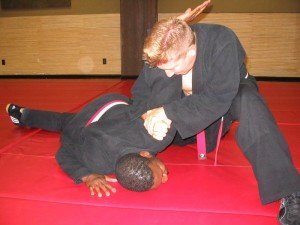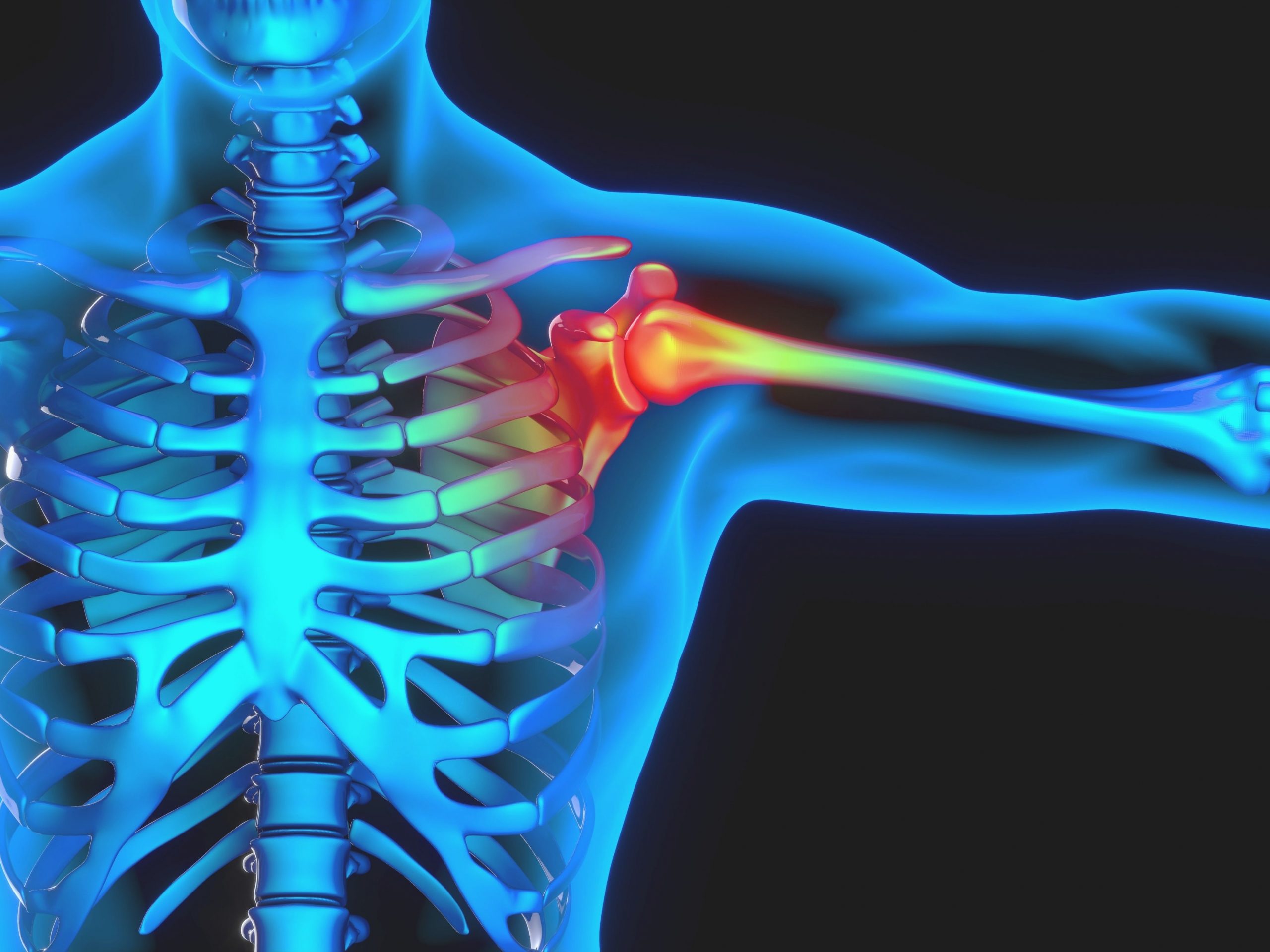A background to the shoulder joint
Common shoulder injuries, what are they? Before we get on to that, let’s discuss the shoulder joint. Your shoulders are incredibly versatile. They are also the most mobile joint in the body. It joint forms where the humerus (the bone in the upper arm) fits into the shoulder.
As you may remember from school, it is a ball and socket joint. More specifically, the humerus head, acting as the ball, fits into the end of the scapula known as the glenoid, the socket. This allows the arm to not only move away from and back towards the body, but also allows it to move in a circular motion. This quality of the joint makes humans particularly adept at movements such as throwing. But the shoulder joint is also vulnerable to injury …

Common Shoulder Injuries
Why shoulders get injured
The head of the humerus is much larger than the surface area of the socket. Whilst this allows the joint a great range of movement, it also means that the joint must rely on other physical structures such as cartilage, muscles (especially the rotator cuff muscles), and ligaments to stabilise the joint.
Through poor posture, or by over-training or under-training different muscles in the shoulder, we tend to create imbalances in the joint. These imbalances compromise the integrity of the joint and leave it vulnerable to injury.
The most common shoulder injuries
The big 3 are shoulder dislocations, impingement syndrome and rotator cuff tears.
Dislocations almost invariably occur in contact sports. To a certain extent, the likelihood of suffering a shoulder dislocation is down to luck of the draw.
Some people are more prone to dislocations than other purely down to the individual structure of their joint. If you dislocate your shoulder it is highly likely to recur at a later date. As many as 50% of dislocations recur – and the shoulder gets weaker with each subsequent dislocation.
Keyhole surgery is often recommended if the joint is compromised. Keyhole rehabilitation can decrease pain, minimise complications and can help with an earlier return to sports.
In shoulder impingement syndrome, the rotator cuff tendon becomes trapped in the space at the top of the shoulder called the subacromial space. If the tendon repeatedly scrapes against the bone it causes a pain that gets worse when you raise your arm over your head.
To treat it you must rest the injury, and in particular, you should avoid any overarm movement. It also helps to ice the area for up to 20 minutes at a time to reduce inflammation. If it is really painful then ibuprofen or even codeine may help.
Rotator cuff tears can occur due to repetitive overuse and often happen in sports like swimming or tennis. Also, they can happen as a result of a large force being applied, especially in contact sports like rugby.
Although the rotator cuff muscles are incredibly important, they are often overlooked in training. There are specific exercises that you can do to strengthen the rotator cuff muscles and help with good muscle balance. It is worth learning how to perform rotator cuff exercises properly with the help of qualified supervision.
We hope this information was useful for you. If you have any questions about it or about our treatments, please contact us. We are in Mill Hill Broadway and Islington. We are always happy to help.



